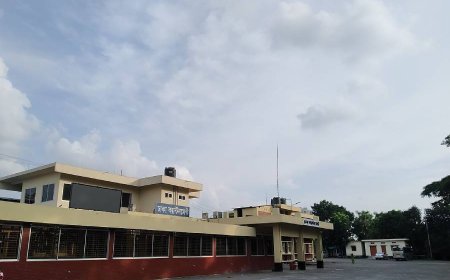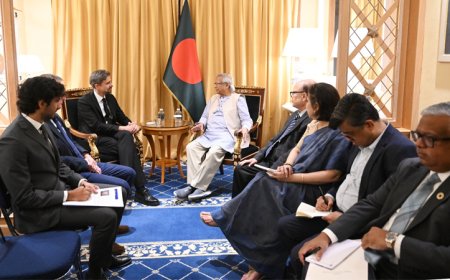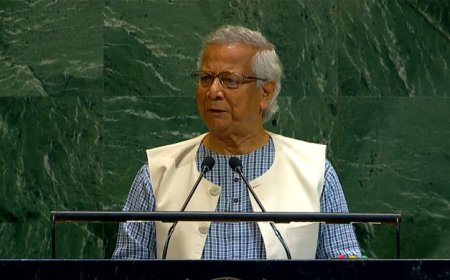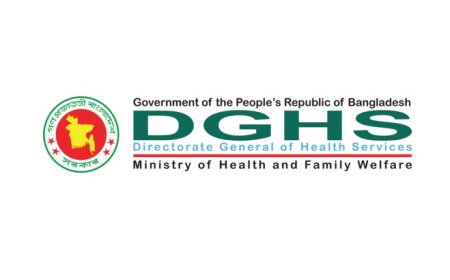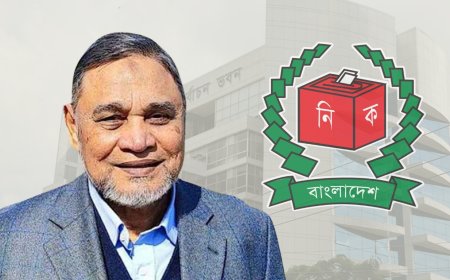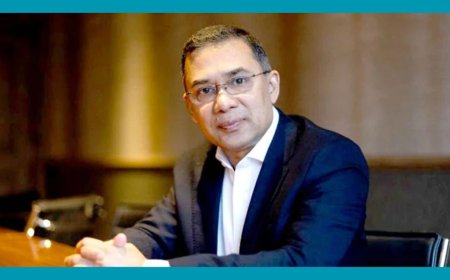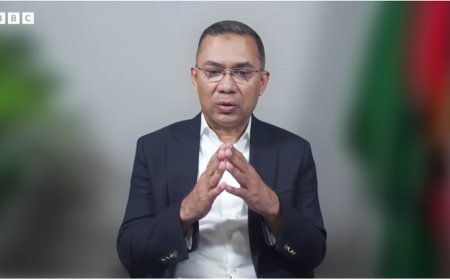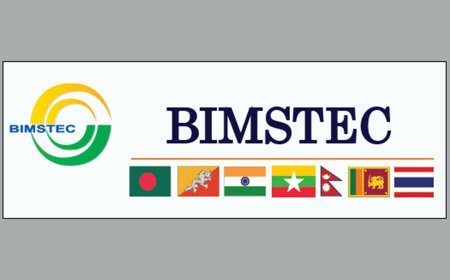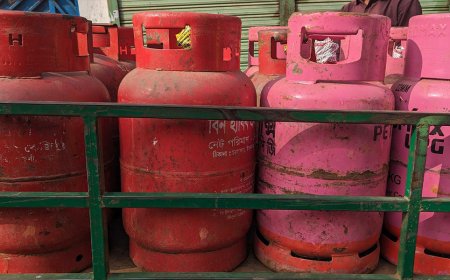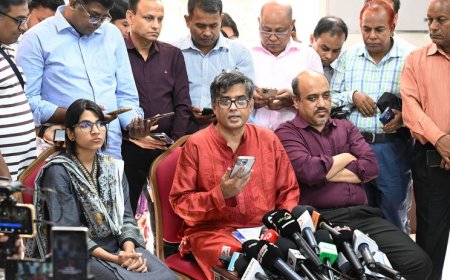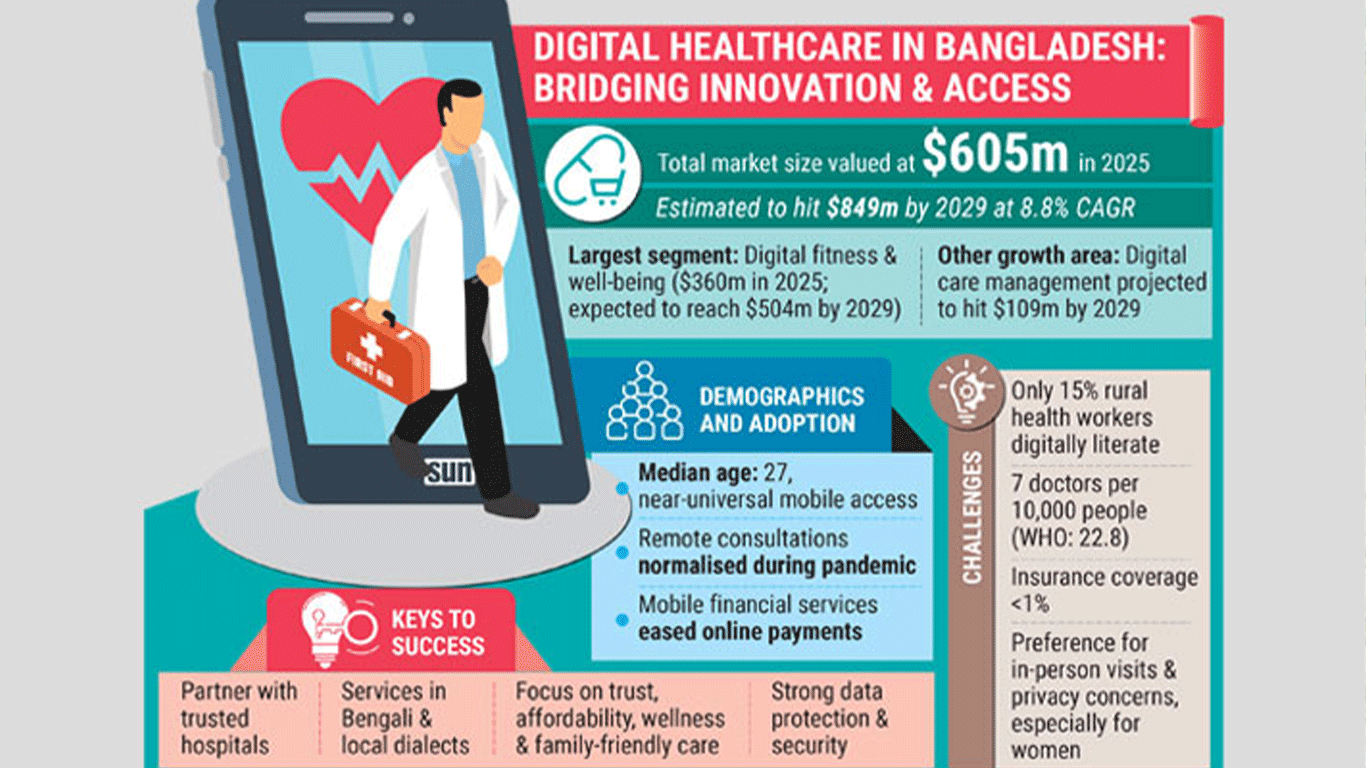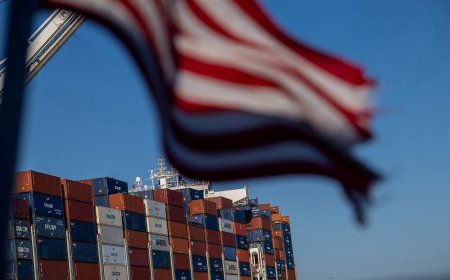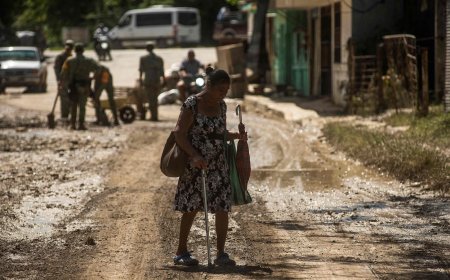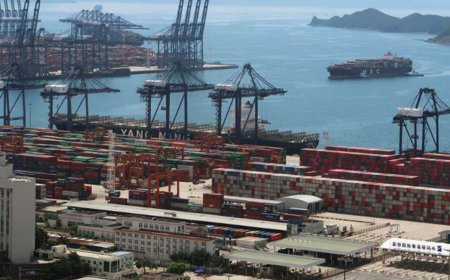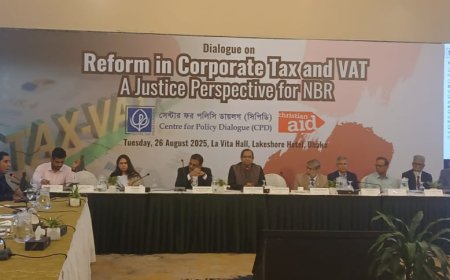"Investment Talks End, Work Begins: BIDA Eyes Next Phase"
"Investment Talks End, Work Begins: BIDA Eyes Next Phase"

Bangladesh wrapped up its four-day Investment Summit on Thursday with a strong sense of momentum, as billions of dollars in pledges, a dedicated foreign investment pipeline, and renewed investor confidence in the country’s potential emerged as key takeaways.
Held from April 7–10, 2025, in Dhaka, the summit attracted over 550 participants, including more than 400 international delegates. From vibrant networking sessions to in-depth policy dialogues, the event served as a dynamic platform for showcasing Bangladesh's economic prospects.
Organizers concluded the summit on an optimistic note, highlighting a robust level of interest from global investors—particularly in strategic sectors like apparel, healthcare, consumer goods, pharmaceuticals, light engineering, and renewable energy.
At the closing press conference, Nahian Rahman Rochi, Head of Business Development at the Bangladesh Investment Development Authority (BIDA), announced the establishment of a dedicated pipeline to manage foreign investment and pledged personalized engagement with each investor to ensure their commitments are translated into tangible outcomes.
“Typically, it takes 18 to 24 months for investors to implement their plans. We’ll be following up closely, institution by institution, to ensure continuity,” Rochi said.
Early successes and investment deals were already evident. Chinese RMG giant Handa signed a $150 million agreement, while Bangladeshi digital commerce platform ShopUp secured $110 million in funding. BIDA noted that additional proposals are under review, with a comprehensive breakdown expected in an upcoming briefing.
However, the summit was not without frank discussions about challenges. Investors raised concerns about bureaucratic delays, inconsistent policies, and corruption—issues BIDA acknowledged openly. “We’re not in denial,” Rochi admitted. “Government services, including those from the National Board of Revenue (NBR), are slow, but we are working on cross-ministerial coordination to address these issues.”
He also announced the introduction of a “green channel” within the NBR to streamline investment clearances and cut red tape. “We’re listening, and we’re taking action,” he said.
Ambitious visions and sectoral insights defined the summit’s broader narrative. Kiak Sung, founder of the Korean Export Processing Zone (EPZ), painted an ambitious picture for the apparel sector, expressing confidence that Bangladesh could become the world’s leading apparel exporter—if it embraces advanced technologies, boosts workforce training, and begins local production of man-made fibers.
He also advocated for expanded bonded warehousing to accelerate access to raw materials and shorten production times, while praising Bangladesh’s diplomatic response to the temporary easing of U.S. tariffs.
Healthcare emerged as another high-potential sector. At a panel titled "Unlocking Healthcare Investment Potential in Bangladesh," experts projected the healthcare market to reach $23 billion by 2033. Md Saidur Rahman, Secretary of the Health Services Division, emphasized rising demand driven by demographic shifts, a growing middle class, and the increasing burden of chronic illnesses.
Praava Health CEO Sylvana Quader Sinha highlighted the need for investment across the value chain—from diagnostic tools to critical care equipment—and pointed to a projected $3 billion market for medical devices by 2030. She stressed that the future lies in digital transformation, with telehealth, cloud-based health records, and AI diagnostics central to the government’s Digital Healthcare Strategy 2023–2027.
Meanwhile, the pharmaceutical sector continues its strong trajectory, expected to reach a market size of $6 billion by 2025. With nearly full domestic self-sufficiency in pharmaceutical production and a 12% annual growth rate, the industry is attracting increasing investor interest.
Public-private partnerships (PPPs) and tax incentives for developing healthcare infrastructure outside major urban centers are further enhancing the investment climate. “The need is rising not only for tertiary care in cities but also for accessible, quality primary care in rural areas,” Sinha noted. “That’s where PPPs can be game-changers.”
What's Your Reaction?







